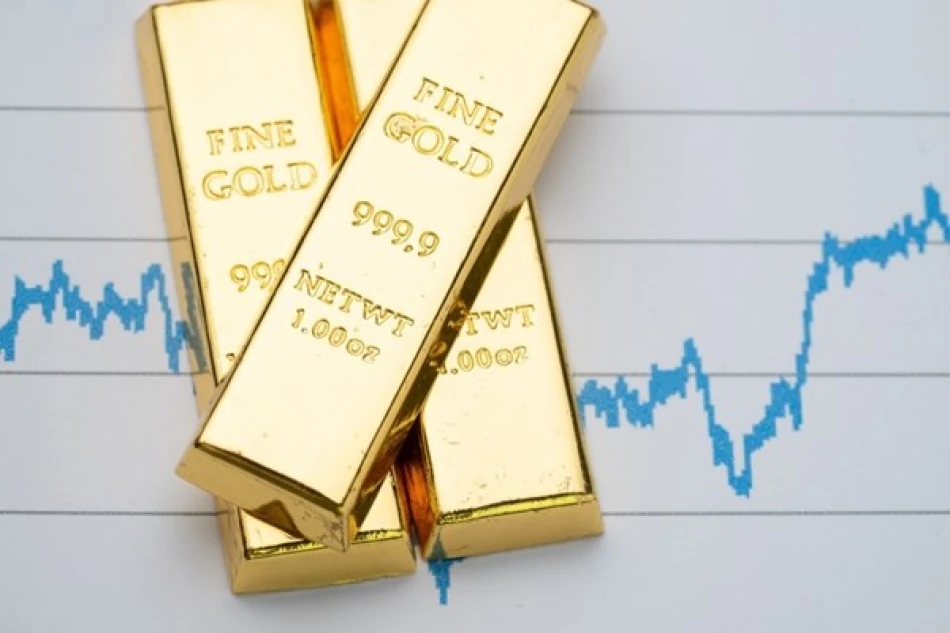
Gold Plunges to Two-Week Low as US-EU Trade Deal Boosts Confidence
Gold Plunges to Two-Week Low as US-EU Trade Deal Dampens Safe-Haven Demand
Gold prices tumbled to their lowest levels in approximately two weeks on Monday, falling victim to renewed investor confidence following a framework trade agreement between the United States and European Union. The deal, which significantly reduces threatened tariff rates, has shifted market sentiment away from traditional safe-haven assets as geopolitical tensions ease.
Market Performance Reflects Reduced Risk Appetite
Spot gold declined 0.1% to $3,332.39 per ounce by 00:20 GMT, after touching its lowest point since July 17. US gold futures mirrored this weakness, dropping 0.1% to $3,332.50 per ounce. The synchronized decline across both spot and futures markets signals broad-based selling pressure as investors pivot toward riskier assets.
The precious metal's retreat underscores its sensitivity to geopolitical developments and trade policy shifts. When diplomatic tensions ease and economic cooperation improves, gold typically loses its appeal as investors seek higher returns in equity markets and growth-oriented sectors.
Trade Agreement Details Shape Market Dynamics
The US-EU framework agreement, finalized on Sunday, establishes a 15% tariff rate on most European Union goods—exactly half the rate previously threatened by the United States. This compromise represents a significant de-escalation in trade tensions that have periodically roiled global markets over recent years.
For precious metals markets, such agreements typically signal improved economic stability and reduced need for portfolio hedging. The current gold selloff follows this established pattern, where diplomatic progress translates into immediate safe-haven outflows.
Precious Metals Complex Shows Mixed Signals
While gold retreated, other precious metals painted a more nuanced picture. Silver gained 0.1% to $38.17 per ounce, suggesting some industrial demand optimism tied to the trade deal's potential economic benefits. Platinum surged 0.9% to $1,413.50, likely reflecting expectations of increased automotive sector activity as trade barriers diminish.
Palladium rose 0.5% to $1,225.25, continuing its correlation with industrial recovery themes. The divergent performance across precious metals indicates that while safe-haven demand has weakened, industrial and technological applications remain robust.
Investor Implications and Market Outlook
This gold decline represents more than a simple technical correction—it reflects a fundamental shift in risk assessment. Investors who had positioned defensively amid trade war concerns are now reassessing portfolio allocations as diplomatic progress reduces tail risks.
The timing is particularly significant given gold's recent strength throughout 2023. Any sustained move below current levels could trigger broader technical selling, especially if additional trade agreements or geopolitical settlements emerge. Conversely, any setbacks in US-EU relations could quickly reverse these losses as safe-haven buying resurfaces.
For traders, the current environment demands careful attention to both technical levels and ongoing diplomatic developments, as precious metals remain highly sensitive to shifts in global risk sentiment.
 Layla Al Mansoori
Layla Al Mansoori







